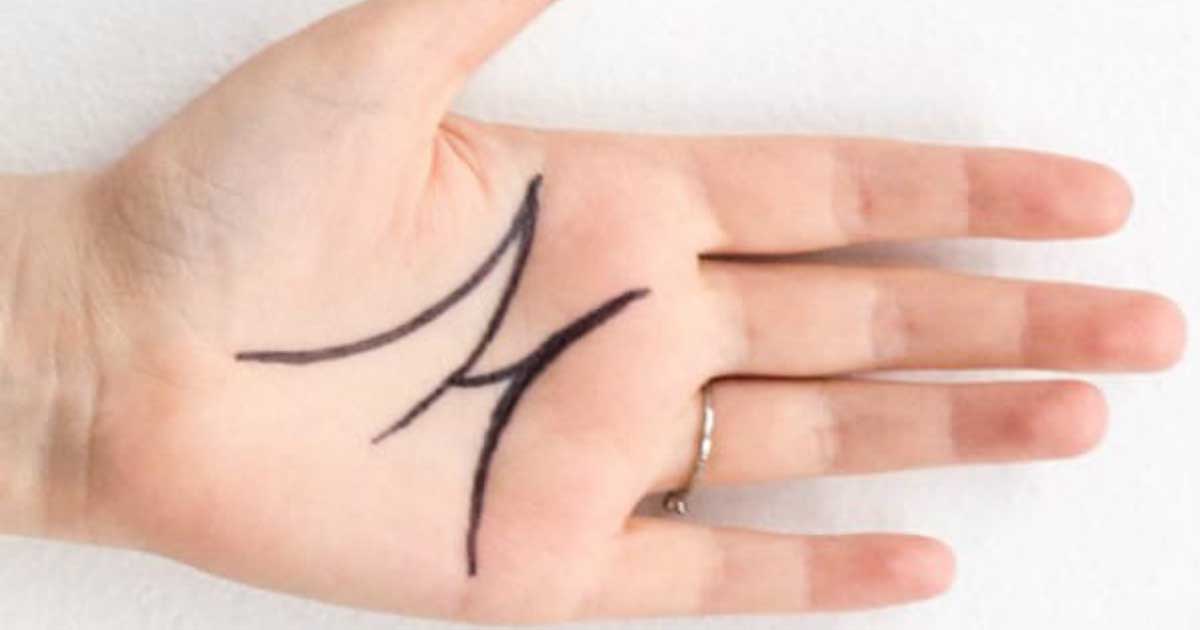Why some people have smallpox vaccine scars
Learn what causes the scar, why it forms, and how this historic vaccine saved millions of lives.
A small, circular scar near the shoulder serves as a silent reminder of a global battle against one of humanity’s deadliest diseases. Once a routine mark on millions of people, it’s now a rare sight—and a fascinating conversation starter.
When I was a child, I noticed a peculiar scar on my mother’s upper arm. It wasn’t just any scar—it formed a ring of tiny indents around a larger one, almost like a forgotten badge of something significant. At the time, I didn’t understand its story. I may have asked her about it, but if I did, the answer slipped away with the years.
It wasn’t until adulthood that this mysterious scar returned to my thoughts. One summer, while helping an elderly woman off a train, I caught sight of the very same mark in the exact spot. My curiosity reignited, I called my mother to ask about her scar. That’s when I learned the truth: it was a relic of the smallpox vaccine, a piece of history worn on her skin.
Smallpox: the disease that left its mark on history
Smallpox, a viral disease, was one of the most feared illnesses in human history. Known for its severe skin rash, fever, and high mortality rate, smallpox killed approximately 30% of those infected and disfigured countless survivors.
The disease wreaked havoc across the globe until a widespread vaccination campaign began turning the tide in the mid-20th century. By 1952, smallpox was declared eradicated in the United States, and the World Health Organization (WHO) celebrated its global eradication in 1980—the first and only infectious disease to be wiped out worldwide.

The scar as a vaccine “passport”
Before its eradication, children in the U.S. were routinely vaccinated against smallpox. The vaccine, however, left behind a visible reminder of the effort. Delivered with a unique two-pronged needle, the vaccine required multiple punctures in the skin, unlike the quick single-shot method used for most modern vaccines.
This method triggered the body’s immune response, creating a round bump at the vaccination site. Over time, the bump blistered, scabbed, and eventually healed into the distinct scar—a physical testament to the vaccine’s effectiveness.
For decades, this scar was so common that it became a kind of unintentional “vaccine passport,” signaling that a person was protected against smallpox.
Why don’t we see these scars anymore?
Routine smallpox vaccinations in the U.S. ended in 1972, after the disease was no longer considered a public health threat. Those born after that year are unlikely to bear the iconic scar unless they received the vaccine for travel or specific occupational risks.
Today, the smallpox scar is a rare marker of a bygone era—a visible connection to a time when global cooperation achieved the unthinkable: the complete eradication of a deadly disease.
The smallpox vaccine scar is more than just an unusual mark; it’s a symbol of triumph in the fight against infectious diseases. It serves as a reminder of the millions of lives saved by vaccines and the power of collective action.
Do you or someone you know have a smallpox vaccine scar? Share your story in the comments below—it’s a history worth remembering!





